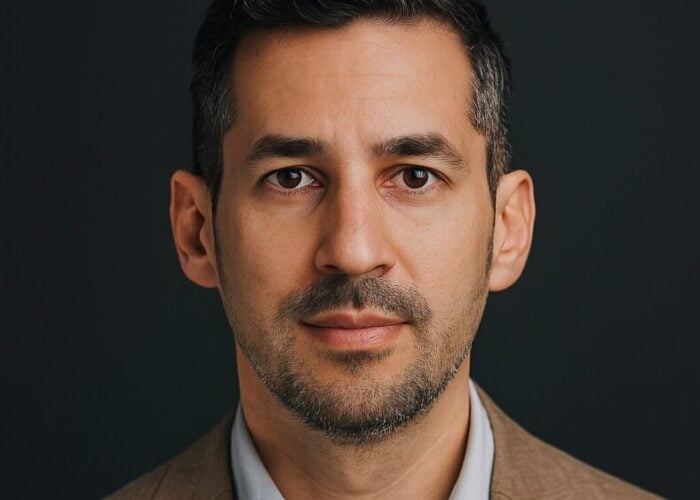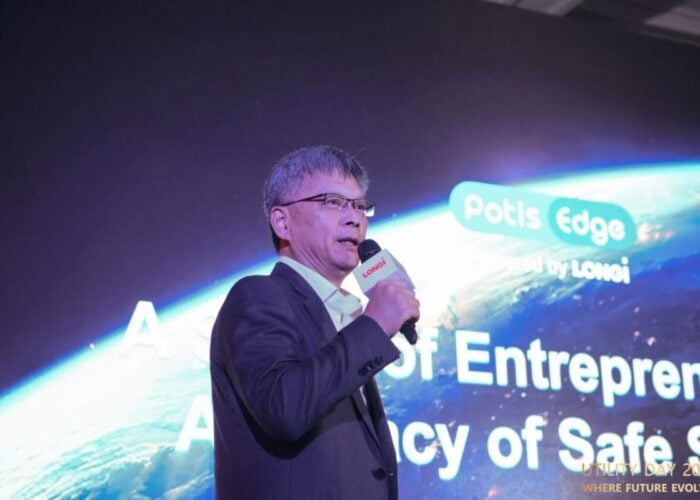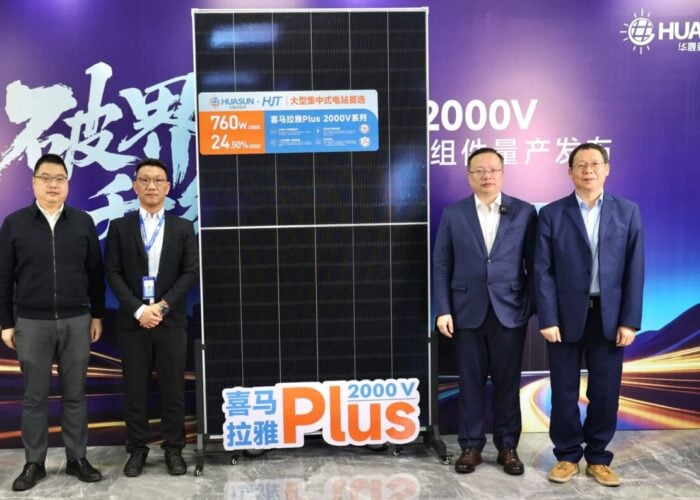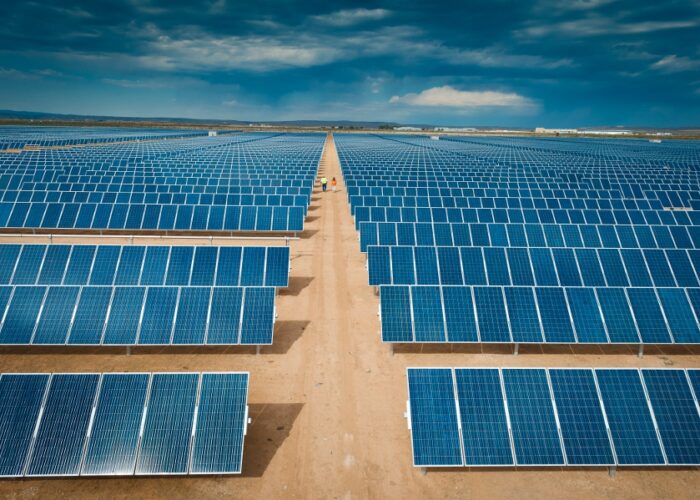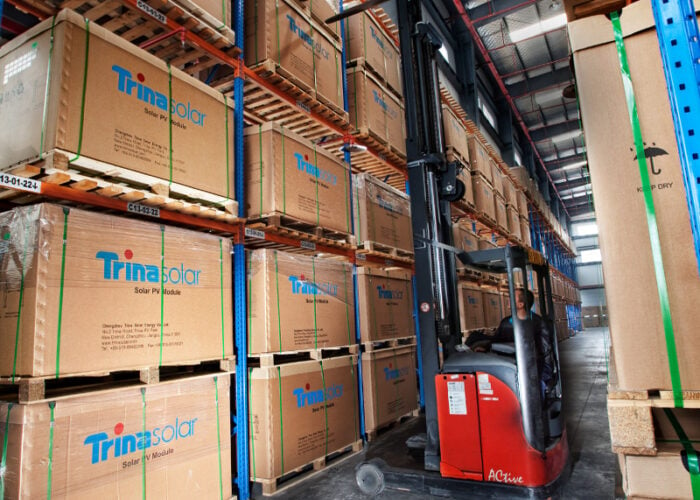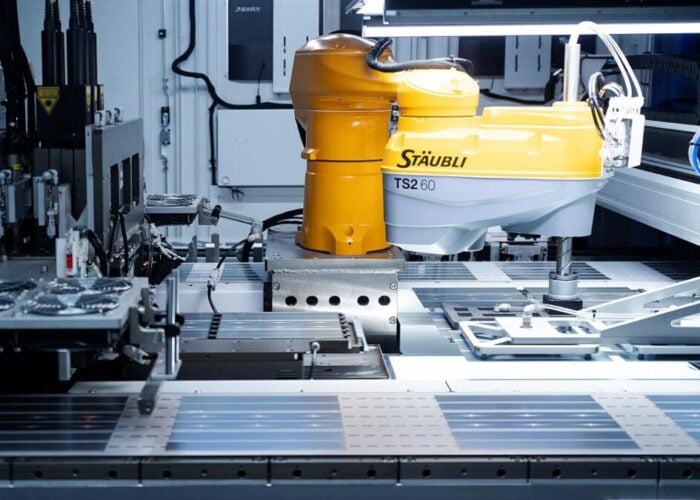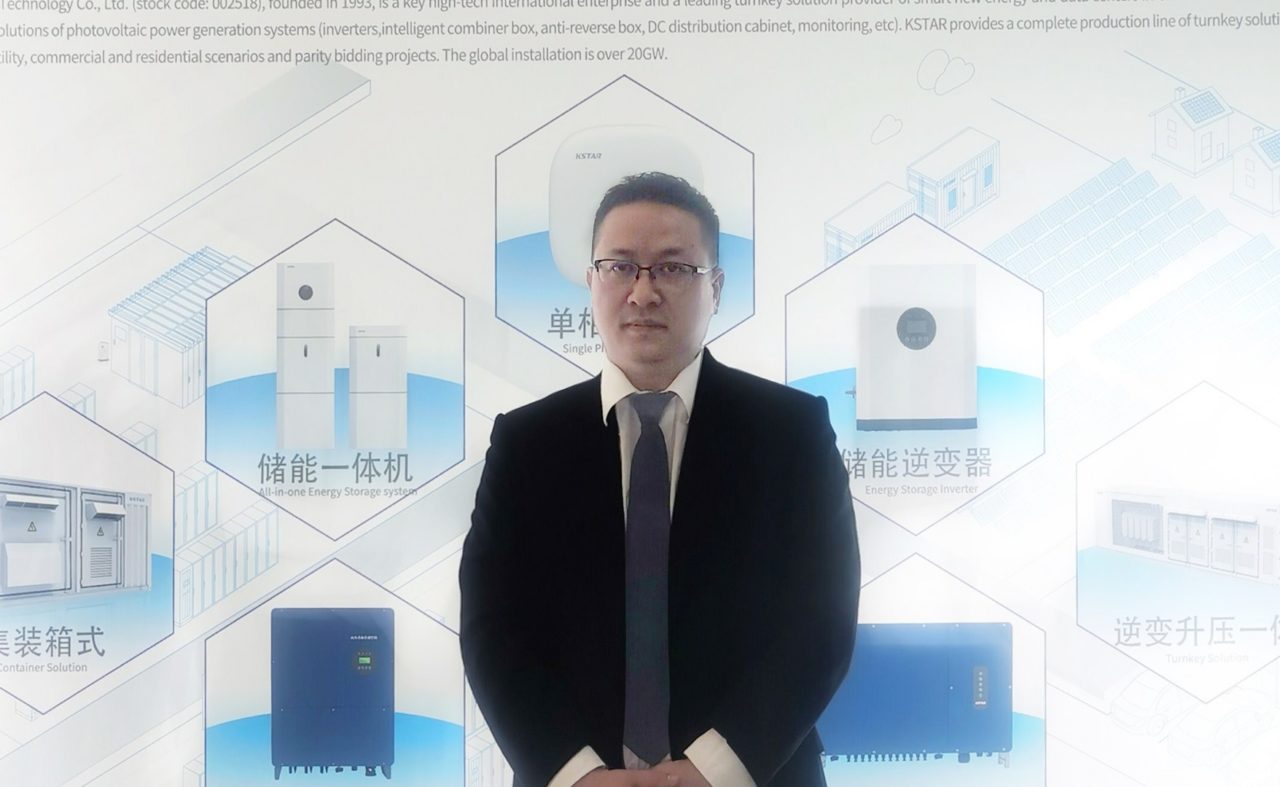
While the module manufacturing market has perhaps captured the majority of headlines this year on the back of extraordinary capacity expansion commitments, the solar inverter sector has not been without its own progress.
Inverter manufacturers are too plotting considerable expansions, driven not just by solar but also energy storage. KSTAR is no different, with plans to reach a capacity of 15GW by the end of this year before doubling that capacity to 30GW with the introduction of a new factory in Vietnam in 2021.
Try Premium for just $1
- Full premium access for the first month at only $1
- Converts to an annual rate after 30 days unless cancelled
- Cancel anytime during the trial period
Premium Benefits
- Expert industry analysis and interviews
- Digital access to PV Tech Power journal
- Exclusive event discounts
Or get the full Premium subscription right away
Or continue reading this article for free
PV Tech interviewed Gary Ye, vice president at KSTAR, to understand which markets the inverter manufacturer is targeting, what’s driving the market dominance of string inverters and the technological considerations for solar-storage hybrid projects.
PV Tech: Obviously the Chinese market is important to you, but which markets are you looking at internationally and how do you plan to target these?
Gary Ye: The Chinese market is important to us, but we are looking internationally at Europe, Australia, the Middle East and Latin America. For Europe and Australia, we will focus on the wholesale distribution market. KSTAR has launched new energy products including the most up-to date residential on-grid BluE-G series, and the all-in-one energy storage BluE-S series. For the Middle East, KSTAR plans to offer turnkey and large energy storage solutions through expanding large-scale power plants and industrial projects. In Latin America, KSTAR plans to look for more opportunities with residential distributors and agents. We already supply string inverters (3K-120K) there, with the product model the same as in Europe, and the take up will gradually increase. Brazil and Mexico are two big PV markets with great potential.
String inverters continue to capture market share in the solar sector. What’s driving that and what technological innovations are you working on in this area?
The market share for string inverters has gained significant growth across residential and small commercial establishments, owing to their effective operational feasibility during recent years, and they will still play an important role in the future. String inverters are already dominant in many global PV markets including Europe, Australia and Latin America. Innovation can further improve the business case for string inverters in areas of declining module prices, via enhanced functionality, higher reliability and easy to install features.
For residential string inverters, customers are likely to choose easily-installed products because of their modern aesthetics, as much as for their stability and reliability. We consider all-in-one energy storage systems to be a developing trend in the future.
Product reliability is top of developer needs at the moment. How has KSTAR factored this into its product design and O&M considerations?
Firstly, KSTAR has 27 years of experience in electrical and electronic technology and has been dedicated to new energy solutions for many years. There’s now 25GW of KSTAR products installed worldwide, and we have become a trusted partner for global energy companies and customers. Reliability is the uppermost consideration across all our product development lifecycles.
Secondly, our platform is mature enough to lower O&M costs. The topology is very stable and the components we use are from renowned and respected international brands. Improved monitoring and digitalisation also helps to lower costs. KSTAR has developed an advanced online O&M platform, dubbed ‘Ksolar via Cloud Storage’, for the management of solar power plants, with the collector able to remotely monitor the inverter, combiner box, DC distribution cabinet and box type transformer of a plant.
Thirdly, KSTAR products have passed stringent reliability and environmental tests, validating product quality, stability and security. Over the years, the company has also continuously upgraded technological innovation, reducing the cost of its products and simplifying the O&M process.
Fourthly, KSTAR has established 18 overseas service centres to provide effective local after-sales support. We provide enough free spare parts to enable rapid maintenance by our pre-sales and after-sales teams and we also offer professional training for customers on on-site operation and maintenance.
The hybrid solar-storage market is also beginning to take shape. What are some of the technical considerations for project developers in this area, and how have you designed storage products for this?
For project developers in the hybrid solar-storage area, the main technical considerations are technology maturity, efficiency, scale, lifespan, cost and applications.
Battery manufacturer CATL and KSTAR have developed a joint venture to support the design of storage products with the high quality necessary to meet the needs of international customers. The JV uses advanced technologies to maximise the yield of electricity generation, and all storage products are integrated with a CATL battery and KSTAR inverter. A control and monitoring app enables seamless uninterruptible power supply and fast response times and can be programmed to benefit from time-of-use tariffs in markets where those apply – charging and storing energy when it is cheap and off-peak and allowing households to then use that power during the afternoon when it is more expensive.
How will KSTAR expand its production capacity to meet market demand?
KSTAR owns two factories in Shenzhen and Huizhou. The factories are all about enhancing and maintaining sustainable production capacity, facilitating our supply chain management and guaranteeing product quality. We will be building a new factory in Vietnam in 2021 to create further production capacity. We have around 10GW of annual capacity, and the plan is to expand this to 15GW by the end of this year and double that to 30GW in 2021, after bringing new products to the market.

